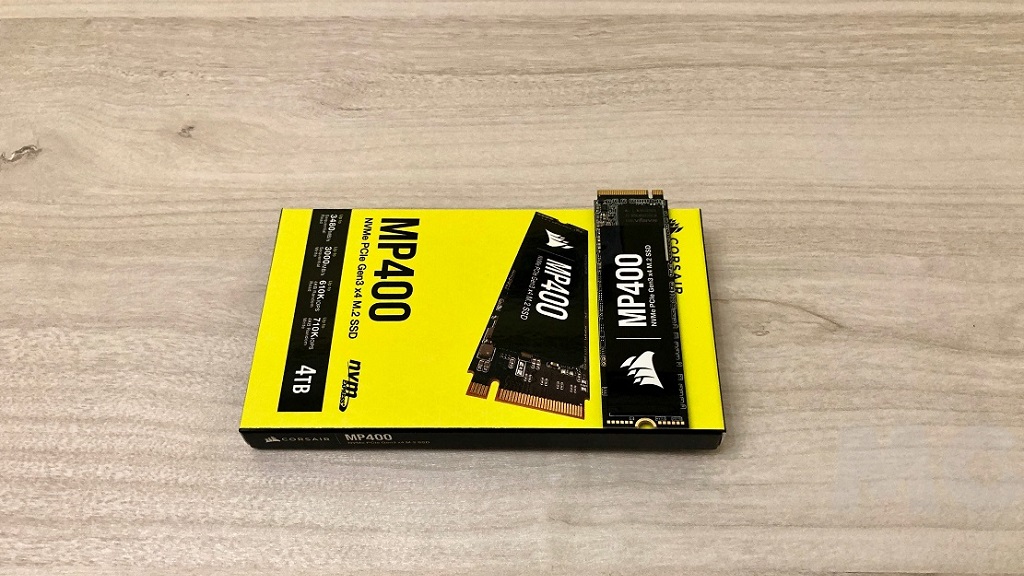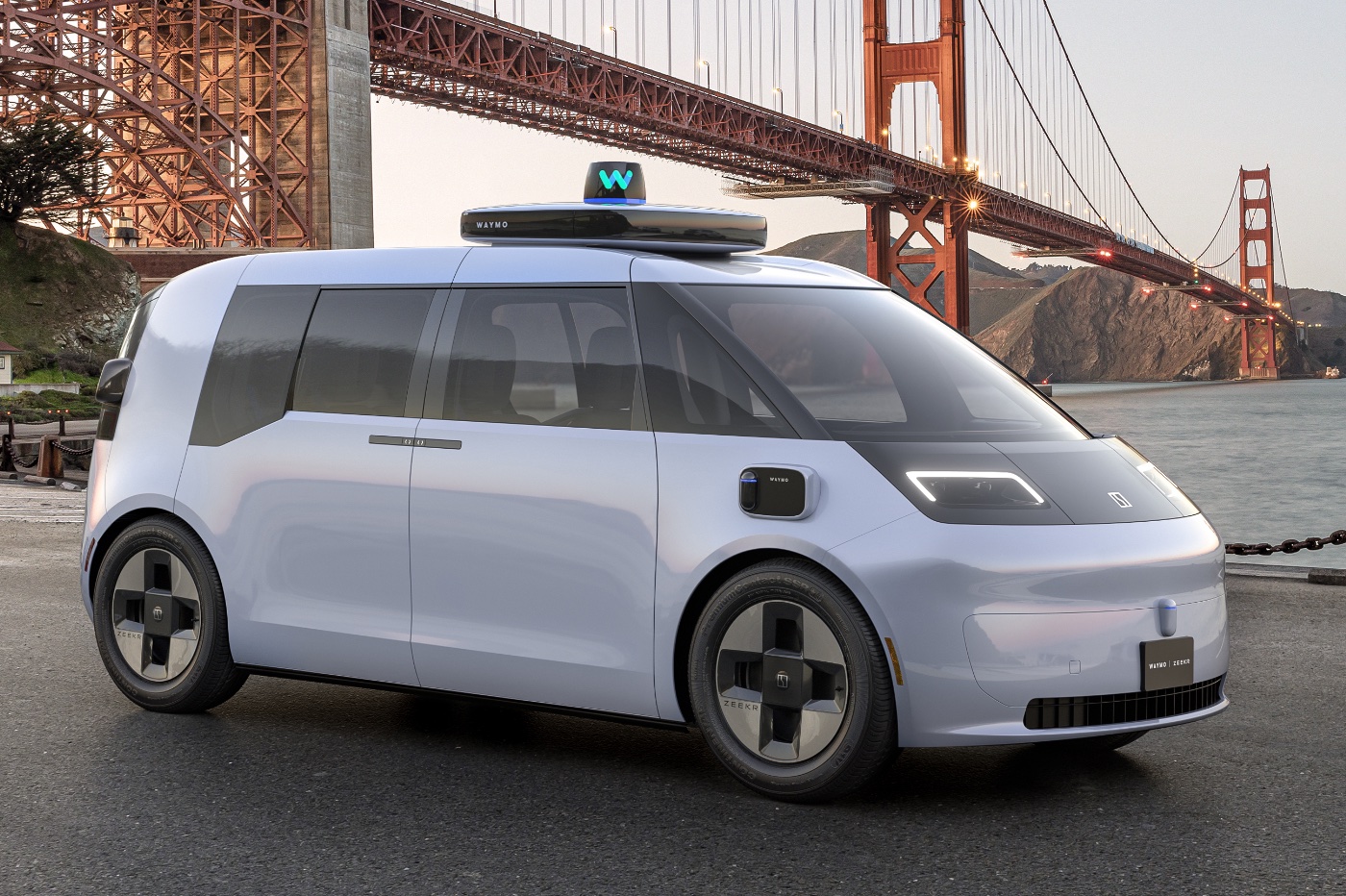
It leaves many technological headlines the year that is about to end. From the hope that 2022 could be the year of recovery, we quickly moved on to the concern that the invasion of Ukraine was causing in all of us. Suddenly, a world that should be heading towards a new normality was entering a deep crisis caused by the rise in energy prices, skyrocketing inflation and component production that has not yet recovered.
Of course, there have been other news that have drawn a different year. Elon Musk decided to buy Twitter and caused an earthquake whose tremors and aftershocks we are still feeling; the AI suddenly “stretched out” and showed us the enormous possibilities (and fears) that algorithms such as Dall-E or Chat GPT-3 had, and the main hyperscalars decided that 2022 was the best year to launch their new cloud regions in Spain. We present below the first part of the special report with which we want to review what have been the great technological news of this year. Tomorrow, the second part.
The Ukrainian war and the flight of the Russian tech industry
We started 2022 thinking that the worst of the pandemic was over and that the world could return to some normality. And suddenly Putin started saying that Ukraine had to go back to “Mother Russia” and the ensuing war became the big tragic news this year, with tremendous consequences on all fronts. In the humanitarian field, of course, but also in the energy, economic and technological fields.
The invasion aggravated the semiconductor and chip crisis that the world has been suffering for three years. For the first time, we have been able to witness what a real cyber war looks like when it is carried out publicly and on a large scale. The armed conflict also caused the vast majority of Western technology companies to close or sell their businesses in Russia and that a large part of the technological talent of the Eurasian country fled the country for fear of being called to the front.
In return, Putin’s government is cutting ties with any company that is not in its sphere of influence, has begun to look at China as the main supplier of technological components (although publicly in Beijing they are reluctant to do so due to the possible consequences) and has increased surveillance of its citizens on the Internet, threatening, in fact, to completely disconnect the country from the network of networks. In the medium term, Russia hopes to be able to produce its own chips, but no analysts see this as a realistic option, which could condemn one of the world’s major powers to being a technological pariah if things don’t change.
From VMware to Orange: the acquisitions of the year
The fact that this expansive period that has marked the last few years in the sector has come to an end in a large part of the technology industry does not mean that 2022 has not once again been an almost record year in the field of acquisitions and mergers. In the first place, of course, we have the for many incomprehensible acquisition of Twitter by Elon Musk, who, after various threats, ended up paying 44,000 million euros for the social network.
If we go to “corporate” technology, the most interesting acquisition that has taken place this year, perhaps it has been that of VMware, for which Broadcom ended up disbursing 61,000 million dollars; or the acquisition of Cerner by Oracle, thus signing the most important purchase in its history.
The two large operations that Microsoft has completed this year have also had an impact: the acquisition of Nuance and the acquisition of the Activision video game studio. In the more creative arena, designers have been shocked by Adobe’s acquisition of Figma. We have also witnessed the end of the Citrix soap opera, how AMD received the green light to complete the purchase of Xilinx and in Spain, the merger of the Orange and MásMóvil businesses.
Elon Musk and the inexplicable acquisition of Twitter
No acquisition has generated more than that of Twitter by Elon Musk. In the first place because of how unusual the purchase offer was, and the money that the owner of Tesla stated that he was willing to put on the table to take over the social network. But later because of that strange “reversal” that Musk gives and that almost cost him going to court, since once the purchase offer was signed, he refused to “pay the bill.”
The most entertaining thing “from the outside”, however, was to observe how, in his position as the new CEO, he began to make decisions that were controversial at best and completely absurd at worst. The dismissal of the board of directors was followed by the resignation of key collaborators and the dismissal of more than half of the company’s workers.
And the turmoil had only just begun. Hurricane Musk caused the departure of advertisers, the end of content moderation (which triggered hate speech), the suspension (and then reversed) of journalist accounts, the prohibition of linking to other social networks and finally, a delirious survey that ended with the replacement of Musk himself in front of the social network.
From Dall-E to Chat GPT-3: the AI is starting to “scare”
It can happen that for years, the great technological promises seem little more than castles in the air, to suddenly materialize with enormous force. It is precisely what we have begun to experiment this year with Artificial Intelligence.
In the first place, we have discovered how algorithms such as Dall-E or Stable Diffusion made complex image generation systems based on deep learning neural networks available to almost anyone, which allow generating all kinds of illustrations and images from text descriptions. even artistic works, with minimal effort.
And when we had not yet recovered from the impact of what this advance could mean for designers, digital artists and other image professionals, at the end of this year Chat GPT-3 arrived, an algorithm that completely changes our relationship with search of content on the Internet and that could make Google itself tremble.
The Metaverse Year That Wasn’t
If this has been the year of AI, the same cannot be said for the metaverse. The high expectations that Meta placed precisely in the development of this virtual universe were quickly frustrated when, as the months went by, we began to discover the scant technical progress and, what is worse, the null interest shown by the projects that were put into March.
From an event sponsored by the European Commission to which only six people showed up, going through municipal initiatives such as virtual Benidorm or the virtual reality hub sponsored by Telefónica, if the metaverse has shown anything, it is that it is still taking its very first steps. And it is that not even the employees of Zuckerberg’s company are convinced that their flagship project is moving forward.
The fact that developing this technology is costing so much has caused the collapse of Meta on the stock market, which has also resulted in the dismissal of almost 15% of the employees and the departure of John Carmack, one of its key figures. . Right now the technology is only finding very limited applications in the industrial sector and in the best of cases, it will take between five and ten years for it to begin to fulfill any of those promises that were made to us a decade ago.
After Zuckerberg’s failure, hope goes through Apple, that company capable of succeeding where others failed and which is trusted to present its first device for this new world in 2023.
In the second part of this special, we will also analyze how, together with the metaverse, the dreams of those who thought they could get rich by investing their savings in cryptocurrencies have begun to disappear, or how countries compete starkly to convince chip producers to invest in new factories in their territories. Do not miss it!



